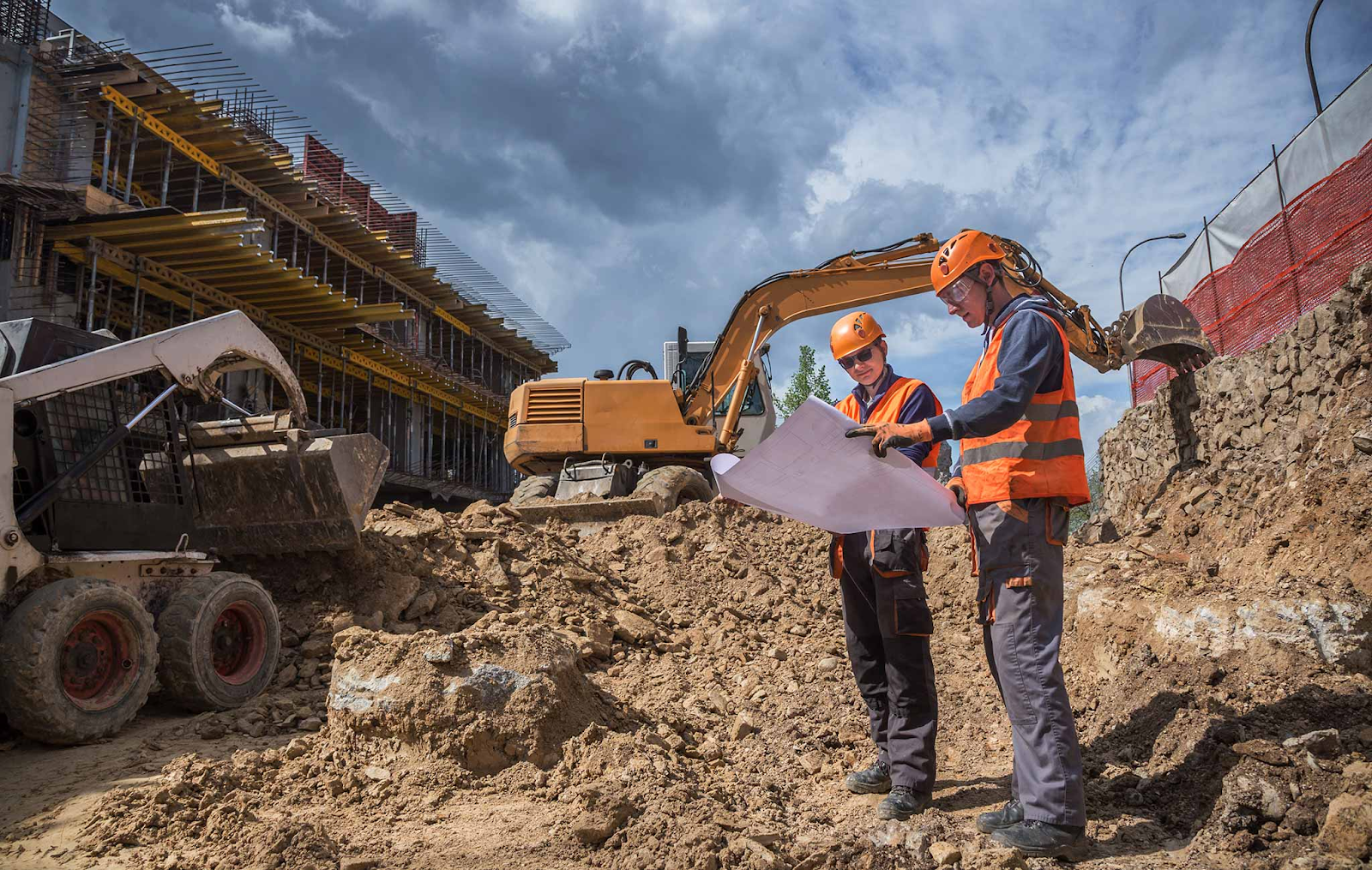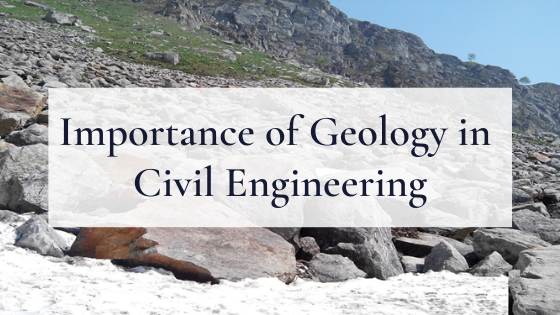The Definitive Guide for Specialized Geotechnical Engineering Solutions
The Definitive Guide for Specialized Geotechnical Engineering Solutions
Blog Article
All about Specialized Geotechnical Engineering Solutions
Table of ContentsThe Best Guide To Specialized Geotechnical Engineering SolutionsSome Ideas on Specialized Geotechnical Engineering Solutions You Need To KnowWhat Does Specialized Geotechnical Engineering Solutions Do?The Definitive Guide to Specialized Geotechnical Engineering SolutionsAll About Specialized Geotechnical Engineering SolutionsThe Main Principles Of Specialized Geotechnical Engineering Solutions
William Rankine, a designer and physicist, established an alternative to Coulomb's planet stress concept. Albert Atterberg developed the clay uniformity indices that are still utilized today for soil classification. In 1885, Osborne Reynolds recognized that shearing reasons volumetric dilation of thick materials and tightening of loose granular products. Modern geotechnical engineering is claimed to have begun in 1925 with the publication of Erdbaumechanik by Karl von Terzaghi, a mechanical designer and rock hound. Terzaghi also developed the structure for concepts of birthing capacity of structures, and the theory for forecast of the price of settlement of clay layers due to consolidation. After that, Maurice Biot fully developed the three-dimensional soil loan consolidation theory, extending the one-dimensional version formerly created by Terzaghi to much more general theories and presenting the collection of fundamental formulas of Poroelasticity.
Geotechnical engineers investigate and establish the residential or commercial properties of subsurface problems and products. They likewise design equivalent earthworks and preserving structures, passages, and framework foundations, and may manage and review sites, which may better entail website monitoring along with the threat assessment and mitigation of all-natural threats. Geotechnical engineers and engineering geologists do geotechnical examinations to get information on the physical buildings of dirt and rock hidden and adjacent to a site to create earthworks and structures for suggested structures and for the repair work of distress to earthworks and structures triggered by subsurface conditions.
The Best Guide To Specialized Geotechnical Engineering Solutions
Geologic mapping and analysis of geomorphology are commonly finished in assessment with a geologist or design rock hound. Subsurface exploration normally involves in-situ screening (as an example, the standard infiltration test and cone infiltration test). The excavating of examination pits and trenching (particularly for finding mistakes and slide airplanes) may likewise be made use of to find out about dirt conditions at deepness. Still, they are in some cases utilized to allow a geologist or designer to be decreased into the borehole for straight visual and hands-on examination of the dirt and rock stratigraphy. Various dirt samplers exist to meet the requirements of different engineering tasks. The basic infiltration test, which utilizes a thick-walled split spoon sampler, is the most common way to gather disrupted samples.

Normally, the interface's precise geometry is unidentified, and a streamlined interface geometry is assumed. Limited slopes call for three-dimensional versions to be assessed, so most slopes are assessed thinking that they are considerably large and can be stood for by two-dimensional models.
All about Specialized Geotechnical Engineering Solutions

Measurement of amounts and analysis of real problems. Design alteration per actual conditions The empirical method is ideal for building and construction that has actually already started when an unexpected growth occurs or when a failing or accident looms or has actually already taken place. It is inappropriate for tasks whose design can not be changed during construction.
Concepts of Geotechnical Design. Thomson Discovering. Budhu, Muni (2007 ). Soil Auto Mechanics and Structures. John Wiley & Sons, Inc. . ISBN 978-0-471-43117-6. Disturbed soil residential properties and geotechnical design, Schofield, Andrew N., Thomas Telford, 2006. Guerriero V., Mazzoli S. (2021 ). "Theory of Effective Stress in Dirt and Rock and Effects for Fracturing Processes: A Review".
The 8-Minute Rule for Specialized Geotechnical Engineering Solutions
and Kovacs, W. (1981 ), An Introduction to Geotechnical Engineering, Prentice-Hall, Inc. Deep Scan Tech (2023 ): Deep Scan Tech reveals surprise structures at the site of Denmark's highest structure. "Geofrost Coring". GEOFROST. Gotten 20 November 2020. Han, Jie (2015 ). Concepts helpful resources and Technique of Ground Enhancement. Wiley. ISBN 9781118421307. RAJU, V. R.
Ground Improvement Technologies and Case Histories. Singapore: Study Publishing Providers. p. 809. ISBN 978-981-08-3124-0. Ground Renovation Principles And Applications In Asia. Pariseau, William G. (2011 ). Design evaluation in rock mechanics. CRC Press. Hegde, A.M. and Palsule P.S. (2020 ), Performance of Geosynthetics Reinforced Subgrade Subjected to Repetitive Vehicle Loads: Experimental and Mathematical Studies.
Cengage Learning, Stamford, 666 p. Atkinson, J., 2007. The technicians of soils and foundations. The Observational Approach in ground design principles and applications.
How Specialized Geotechnical Engineering Solutions can Save You Time, Stress, and Money.
These reports are customized to fulfill the particular needs of a task and include layout parameters and advice for the building of a series of manufactured frameworks. As offering working as a consultant find services covering areas such as slope stability and load-bearing capacities for various products, these engineers take on study and growth tasks to boost more techniques, devices, materials knowledge and analysis covering whole lifecycles.
Design the homes and mechanics of rocks consisting of the application of characteristics, liquid auto mechanics, kinematics and product technicians. This brings together geology, soil and rock auto mechanics, and architectural design for the design and building of structures for a series of civil design jobs. This area involves predicting the performance of foundation dirt and rock to a load imposed by a structure, while taking into consideration efficiency, economy and safety.
Nevertheless, rates of pay generally increase as your knowledge and abilities expand, with standards indicating a graduate beginning income of in between 18,000 and 28,000 each year in the UK. This rises to 26,000 to 36,000 with a few years of experience and after that reaching 40,000 to 60,000+ for elderly, legal or master designers.
Getting The Specialized Geotechnical Engineering Solutions To Work
Nonetheless, with the right application it is possible to understand the profession and gain entry to a difficult yet rewarding and crucial job. A rock hound would certainly require to retrain to end up being a geotechnical engineer, although there is a lot of cross-over between the 2 occupations, which might make this much easier. Rock hounds need to have an understanding of soils, rocks and other products from a clinical point of view, while geotechnical engineers story their expertise of issues such as dirt and rock technician, geophysics and hydrology and apply them to design and environmental jobs.
When beginning, these engineers will have a tendency to deal with much less complicated jobs, accumulating knowledge and experience prepared for more tough work later. Geotechnical engineers tend to be experts in specific locations as they grow in experience, concentrating on specific infrastructures such as trains, roads or water. These engineers likewise collaborate with eco-friendly power, offshore and onshore oil and gas, nuclear power, and more.
Report this page